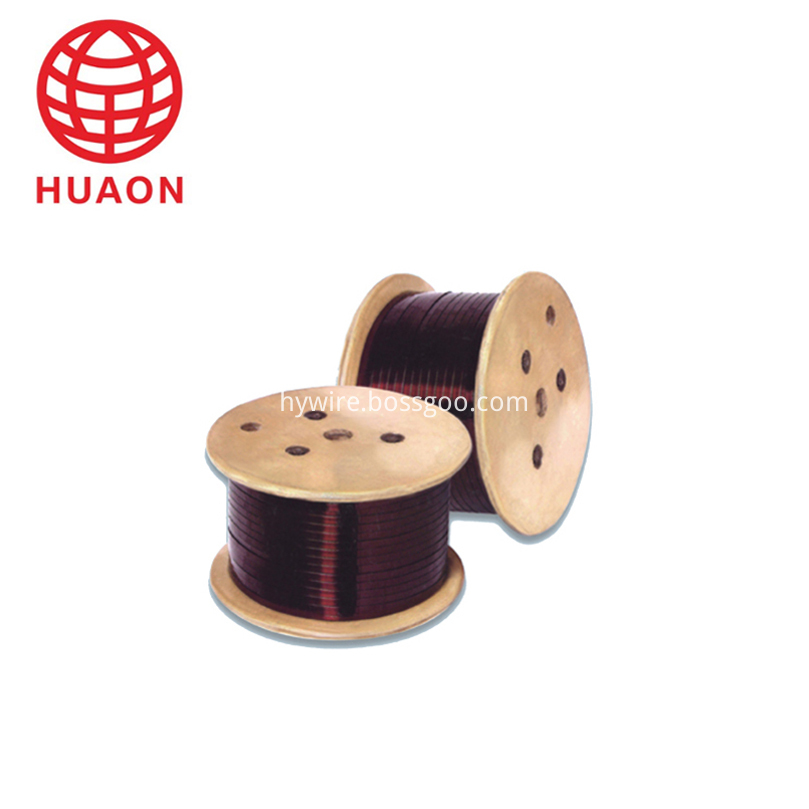Artificial Intelligence
Demystifying how Huawei has become the world's first 5G core
In the world of technology, one of the most anticipated aspects of company conferences is the ability to surprise both the industry and consumers. This tradition was famously exemplified by Steve Jobs with his “One More Thing†reveals. In 2018, at the Mobile World Congress (MWC), Huawei followed suit with its own “One More Thingâ€â€”the world’s first 5G commercial chip, Balong 5G01, and the first 5G commercial terminal based on this chip, the Huawei 5G CPE.
The impact of this announcement was significant. The third product revealed during the event caught many foreign tech journalists off guard, forcing them to revise their pre-written reports on the spot. At that time, the first version of the 3GPP 5G NSA standard had only been finalized two months earlier. Huawei’s timely release of a commercial 5G chip and terminal showcased an impressive level of efficiency and innovation that exceeded industry expectations.
Yu Chengdong, CEO of Huawei’s Consumer Business Group, emphasized the importance of this breakthrough, stating that it marked a key milestone for the global 5G industry, signaling the arrival of the 5G era.
The Balong 5G01 chip, while less known to the general public, plays a crucial role as part of the HiSilicon Kirin chipset. It functions as the baseband processor within the SoC, directly influencing communication standards and capabilities. As a core component in mobile terminals like CPEs and data cards, the Balong chip is essential for enabling high-speed connectivity.
Historically, the quality of calls, signal strength, and network speed have always depended heavily on baseband chip technology. For example, MediaTek's decline in China’s smartphone market in 2017 was partly due to a misjudgment of LTE Cat.7 support, leading to reliance on Qualcomm chips. Even Apple, despite its own chip development, has used Qualcomm’s baseband chips for years. Recently, Apple has started to integrate Intel’s baseband chips as a counterbalance, but this has led to performance compromises due to inferior specifications.
Baseband chip capabilities are central to the competitiveness of the communications industry, including smartphones. Only when a company can push these capabilities to the top tier can it truly compete in the global market.
Huawei, as a telecommunications giant, has invested heavily in R&D over the years. From being a follower in the 1G era, to catching up in the 2G era, becoming a leader in the 3G era, and eventually dominating in the 4G era, Huawei has consistently broken through key communication technologies. The Balong chip is a direct result of this progress.
For instance, during the 3G era, the Balong chip helped Huawei enter the top-tier operator networks, paving the way for its smartphone business. In the 4G era, the Balong team played a major role in advancing LTE standards globally. Balong 700 supported LTE TDD/FDD, and Balong 750 introduced features like LTE Cat.12/13, 4CA, and 4x4 MIMO, achieving download speeds of 600 Mbps.
In 2017, the HiSilicon Kirin 970 introduced the world’s first AI chip with an NPU and integrated the Balong 760, supporting LTE Cat.18 with a peak download rate of 1.2 Gbps. This was released before Qualcomm’s Snapdragon 845, giving Huawei a clear advantage in the market.
In the smartphone industry, even a six-month generational gap can be decisive. While other Android manufacturers relied on Qualcomm chips, Huawei leveraged its own chip advancements to maintain a leadership position. This gap became even more pronounced with the arrival of 5G.
At the 2018 MWC, Huawei unveiled the Balong 5G01, marking a new phase in its technological leadership. Yu Chengdong announced that Huawei would launch its first 5G smartphone in late 2019, well ahead of the official 5G network rollout by Chinese operators in 2020. This confidence stemmed from continuous breakthroughs in Balong’s 5G technology and successful commercial applications.
China Mobile also announced at the same event that it would build the world’s largest 5G trial network in 2018, signaling a more aggressive approach to 5G infrastructure. As the largest telecom equipment provider, Huawei has been instrumental in shaping global 5G standards. Since 2009, it has invested over $600 million in 5G research and established 11 global research centers.
Huawei’s 5G experimental network has achieved peak speeds of 20.25 Gbps, latency as low as 0.33 ms, and the ability to connect 2.17 million devices per square kilometer—meeting ITU standards. Collaborating with over 30 top operators worldwide, Huawei has positioned itself as a leader in 5G network, chip, and terminal solutions.
The Balong 5G01 supports both Sub6GHz and mmWave frequencies, achieving theoretical download speeds of up to 2.3 Gbps. It supports both NSA and SA networking, making it the first commercial chip after the 5G standard was finalized. The Huawei 5G CPE, available in low- and high-frequency versions, offers indoor flexibility, peak download speeds of 2 Gbps, and compatibility with both 4G and 5G networks.
With the rise of 5G, CPEs are set to revolutionize home broadband access, offering performance beyond fiber optics. Operators across Asia, Europe, and Japan are already deploying CPE-based services, and Huawei’s collaboration with them ensures continued innovation in consumer applications.
The three pillars of 5G—high speed, wide connection, and low latency—are expected to transform industries such as AI, IoT, VR/AR, and autonomous driving. By 2025, it is projected that 100 billion connected devices will exist, with 90% being machine-to-machine connections.
Huawei’s 5G capabilities extend beyond smartphones, encompassing CPEs, mobile Wi-Fi, industrial modules, and car boxes. This strategy positions Huawei to lead in the broader 5G ecosystem, ushering in a new era of smart living and industrial transformation.
| About EIW Enameled Aluminium Wire |
Class 180 thin insulation thickness of polyester -imide aluminum round wire
Packaging Details cartons for outer packing, reels with enameled wire inside, paper outside the reels. we also can pack the goods according to the requirements of the clients .
250*500/250*600/250*400 wooden spools.

Super Enamelled Copper Wire,Eiw Enameled Aluminium Wire,Eiw Polyesterimide Enameled Winding Wire,Round Enameled Aluminum Wire
HENAN HUAYANG ELECTRICAL TECHNOLOGY GROUP CO.,LTD , https://www.huaonwire.com